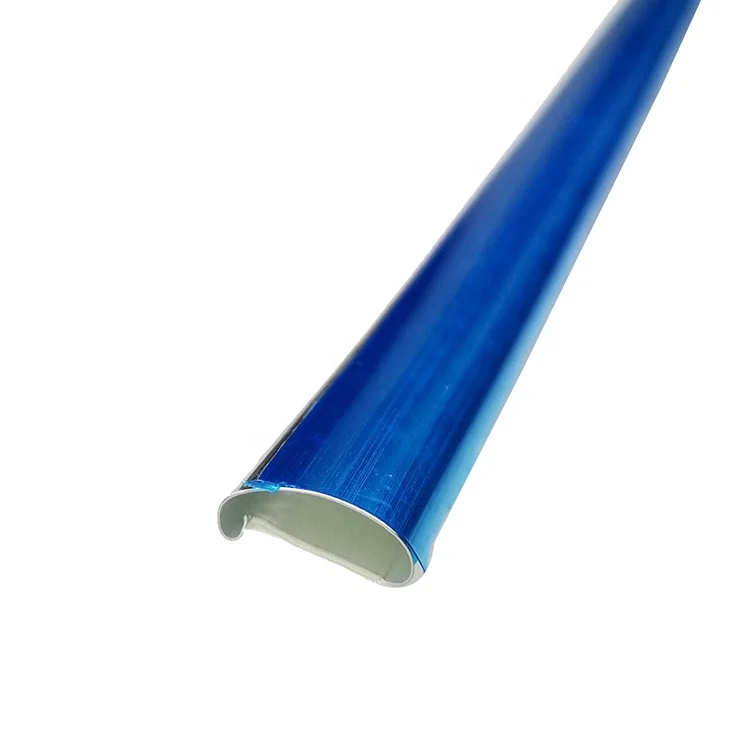Silicone strip-HOW TO REMOVE SILICONE SEALANT
Feb . 29, 2024 11:25 Back to list
Silicone strip-HOW TO REMOVE SILICONE SEALANT
HOW TO REMOVE SILICONE SEALANT
Re-designing your bathroom can be an exciting prospect, but when it comes down to the nitty gritty, there are a few pet-peeves that can make the process less than enjoyable. One common problem with fitting a new bathroom is silicone sealant ending up in places it shouldn’t be. Whilst it is essential, there is no denying it is a real pain having to remove silicone sealant from tiles!
Fear not, for are here to help you through this tricky process, with our step-by-step guide to removing silicone sealant. Your surfaces will be free of any unwanted bond in no time!
THINGS YOU WILL NEED

STEP 1
PREPARE THE AREA FOR SEALANT REMOVAL
Firstly, before you apply your handy WD-40® Multi-Use Product, you’ll need to start with preparing the area you will be working on.
As you’ll be using tools and lubricant to remove the silicone sealant, make sure you remove any items from the area that you don’t want to make dirty or potentially break during the process.
STEP 2
DRY THE AREA WHERE THERE IS EXCESS SEALANT
Now you have cleared the area, before you start removing the silicone sealant, make sure your work space and the silicone is dry.
Preparation like this will make the process easier and safer. If the area is wet, pat it down with a Cleaning Cloth or let it air dry. Once the area is dry, you’re good to go.
STEP 3
REMOVING THE SILICONE SEALANT
Spray WD-40® Multi-Use Product using the Smart Straw function onto a corner of the silicone sealant you want to remove.
Let the product sit on the excess sealant for a few minutes.
Next, it’s time to take advantage of the Silicone Sealant Removal Tool. With its stainless steel blade, the three edges allow the removal of silicone with a push, pull and scrape motion. We advise you use a pair of Protective Gloves to protect your hands.
STEP 4
CLEAN THE SEALANT RESIDUE
Now that you have removed the silicone from the seal or crevice, make sure you dispose of the scraps properly. Clean up any material left behind using a Cleaning Cloth and some water.
In addition, you’ll need to make sure you have cleaned up the WD-40® Multi-Use Product. WD-40® is very good at removing silicone sealant, but make sure you completely remove it from the surface before applying any new silicone sealant, as they can react.
JOB DONE!
-
LED Neon Rope Light Outdoor Companies: Durable & Bright Solutions
NewsAug.27,2025
-
Premium Window Seal Strip Adhesive: Manufacturers & Suppliers
NewsAug.26,2025
-
Best Window Seal Strip Adhesive Companies: Strong, Durable Seals
NewsAug.25,2025
-
Karcher A2004 Wet & Dry Vacuum Filter: Premium Replacement Cartridge
NewsAug.24,2025
-
Premium Vacuum Filter for Karcher VC 4, VC 6, VC 7 & Tineco A10, A11
NewsAug.23,2025
-
Hi-Flo HF155 Oil Filter KTM 250 EXC Racing 03-06 | OEM 580.38.005.000
NewsAug.22,2025

